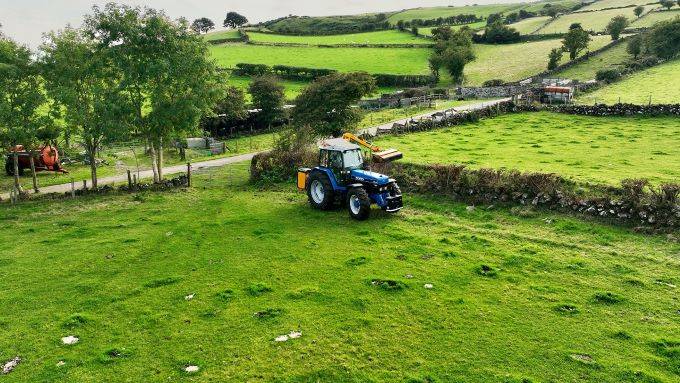
Commercial agriculture refers to the practice of growing crops and raising livestock for profit rather than for subsistence or personal consumption. It entails utilising advanced technologies and methods to maximise output, reduce costs, and increase profits.
Commercial agriculture is the backbone of the world's food supply, supplying the vast majority of the food consumed by people worldwide. In this article, we will look at commercial agriculture and its significance in today's world.
Commercial agriculture encompasses a diverse set of farming practices, ranging from large-scale industrial farming to small family-run farms. Commercial farms are usually larger and more specialized than subsistence farms, and they use a variety of technologies and techniques to maximize yields and profits. Irrigation systems are among these technologies.
The practice of growing crops and raising livestock for profit rather than subsistence or personal consumption is referred to as commercial agriculture. It entails employing cutting-edge technologies and methods to maximize output, cut costs, and increase profits.
Commercial agriculture includes a wide range of farming practices, from large-scale industrial farming to small family-run farms. Commercial farms are typically larger and more specialized than subsistence farms, and they employ a wide range of technologies and techniques to increase yields and profits. Among these technologies are irrigation systems.
Genetically modified (GM) crops are also used in commercial agriculture. Genetically modified (GM) crops have been engineered to produce desired traits such as disease resistance, drought tolerance, or higher yields. GM crops have been controversial due to concerns about their safety and environmental impact, but they have also been credited with increasing crop yields and lowering pesticide and herbicide use.
One of the most significant advantages of commercial agriculture is its ability to produce large amounts of food at a low cost. Food is now more affordable and accessible to people all over the world, especially in developing countries. Commercial agriculture has also contributed to increased food security by lowering the risk of crop failure due to weather, pests, or disease.
Commercial agriculture, on the other hand, has been chastised for its negative environmental impacts. Pesticides, herbicides, and fertilisers can pollute soil and water, as well as harm wildlife and ecosystems. Water resource overuse can also result in groundwater depletion and other environmental issues. Furthermore, the practice of growing large quantities of a single crop, known as monoculture, can lead to soil degradation and reduced biodiversity.
To summarise, commercial agriculture is an important component of the global food supply, providing large amounts of affordable food to people all over the world. Specialized crops and livestock, advanced technologies and techniques, and a focus on maximizing productivity and profits define it.









